Welcome to the Library Company of Philadelphia's Tumblr page! Founded by Ben Franklin in 1731, we are an independent research library specializing in American history and culture from the 17th through the 19th centuries. This page highlights materials from LCP's extensive collection of rare books, manuscripts, broadsides, ephemera, prints, photographs, and works of art.
Don't wanna be here? Send us removal request.
Text

Dear Tumblr followers,
The Library Company of Philadelphia Social Media Working Group has decided to discontinue update to our Tumblr feed. The feed will remain up, and the existing content will stay, but no new content will be added.
Come follow us on Instagram (@librarycompany), Facebook, or Twitter!
Yours,
LCP SMWG
40 notes
·
View notes
Text

The Stevens-Cogdell/Sanders-Venning Collection contains several 19th- and 20th-century portrait photographs of members of the extended Black families descended from the relationship of Richard Codgell, South Carolina merchant and enslaver, and Sarah Sanders, an enslaved woman in his household. The portraits embody an anti-racist, counter archive to contemporaneous collections of racist imagery and caricatures.
Probably a Black family member or friend took this snapshot in the backyard of the residence of Miranda Cogdell Venning, granddaughter of Sarah Sanders. There is both a formalness and candidness to the sitters’ mannerisms in this image taken at the family home. Miranda, probably the woman seated on the hammock, was the first African American graduate of the Philadelphia Girls High School and Normal School. A school principal, she died of tuberculosis one year after this view was taken. She was thirty-eight years old.
M. C. V., June 1899, Venning's Yard, [1116 Fitzwater Street]. Cyanotype. Stevens-Cogdell/Sanders-Venning Collection.
36 notes
·
View notes
Text

Happy New Year!
Postcard of the Bellevue Stratford Hotel, now the Hyatt, at Broad and Walnut, ca. 1907.
204 notes
·
View notes
Text
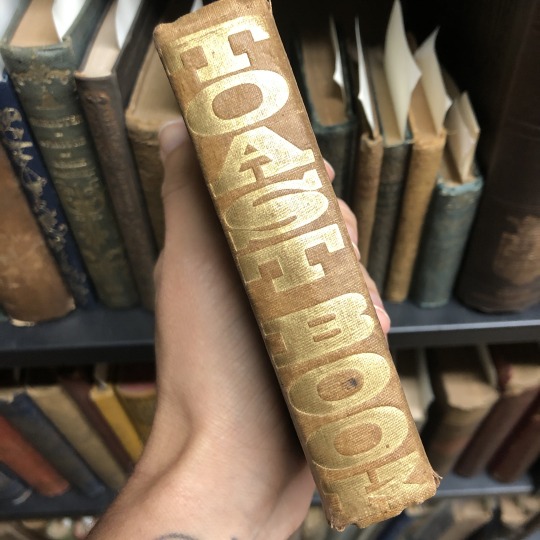
This one is for all those moments when you suddenly find yourself raising a glass and in need of a few words. Cheers to you!
Every body's Toast Book, and Convivial Companion. Philadelphia: Fisher & Brother, [1851]
49 notes
·
View notes
Text
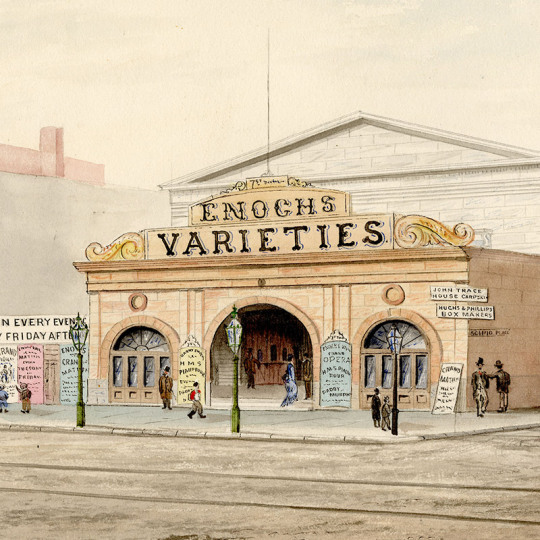
The acquisition of 151 watercolor views of Philadelphia by Benjamin R. Evans was the first significant acquisition by the Graphic Arts Department.
Commissioned by antiquarian Ferdinand Dreer, Evans created many drawings on site and based others on photographs or earlier artwork. Evans’s views focused on small shops and modest buildings, like Enoch’s Variety Theatre, rather than city landmarks and portrayed a world far neater and homogeneous than the actual city.
Benjamin Ridgway Evans, East Side of Seventh Below Arch, 1883. Watercolor. Purchase 1975.
28 notes
·
View notes
Text
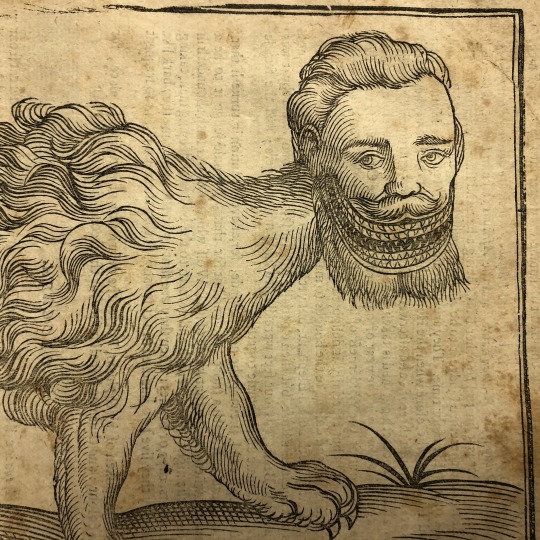
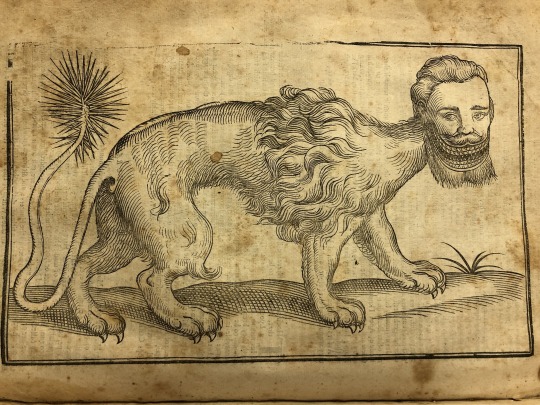
We know how much you all love animals with human faces, so on this #ManticoreMonday, we present the paragon. Our gift to you.
The manticore is a legendary creature with the body of a lion, the head of a man, and the tail of a dragon. This one also has a very smart moustache.
From Edward Topsell's The History of Four-footed Beasts and Serpents. (London, 1658)
37 notes
·
View notes
Text

Over the river and through the woods...
Happy Holidays!
The Library Company will be closed December 24, 2021-January 2, 2022.
Fore-edge painting from: The Gift of Friendship. (Philadelphia, 1846)
25 notes
·
View notes
Text

Traffic might be a mess, but at least the sunset is nice!
Market Street, East of Sixth Street, early 1900s.
20 notes
·
View notes
Text

On Wednesdays we wear pink.
If you're looking for things to do over the holiday break, this little volume might have some ideas!
The Book of Parlour Games. Philadelphia: H.C. Peck & Theo. Bliss, 1853.
144 notes
·
View notes
Text

Happy first day of Winter!
G. Mark Wilson [Two boys in front of the Swann Memorial Fountain in Logan Circle in winter.] Philadelphia, ca. 1923
16 notes
·
View notes
Text

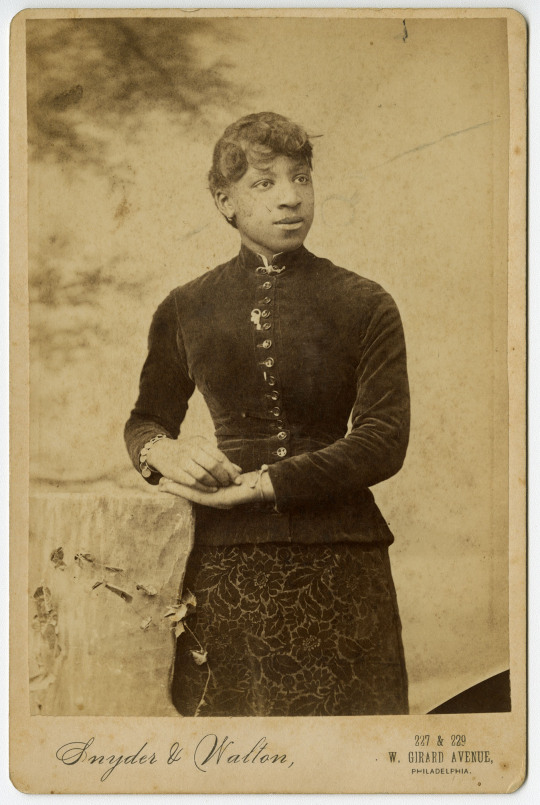
Although the identity of these sitters is unknown, much can be inferred about these individuals and their circumstances through visual clues.
The nicely painted background and tree trunk prop in the Snyder & Walton photograph suggest that the studio served an upper-middle class clientele. The woman’s immaculate clothing provides further proof of this.
The portrait of the man, however, is a collage of the sitter's image pasted onto an ornate background. This presentation suggests that the man could not afford to sit for a portrait at a more well-resourced studio.
The details of these different studio settings showcase the divergent socioeconomic statuses and experiences that African Americans had in the aftermath of slavery. The portraits also show that the desire to signal a refined appearance to counter racial stereotypes was one that crossed class boundaries.
Snyder & Walton, [Unidentified Young African American Woman], ca. 1893. Albumen on cabinet card mount.
[Unidentified African American Man], ca. 1875. Albumen mounted on cardboard.
74 notes
·
View notes
Text
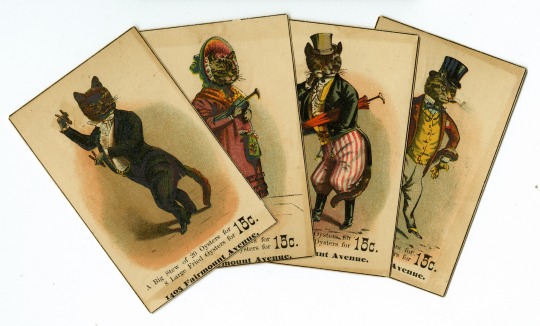
Time to don those party threads - it's Friday!
Got any plans this weekend? Maybe a purrfectly posh fancy feline fete?
From the Joe Freedman Collection of Philadelphia Trade Cards. 1870-ca.1900
30 notes
·
View notes
Text
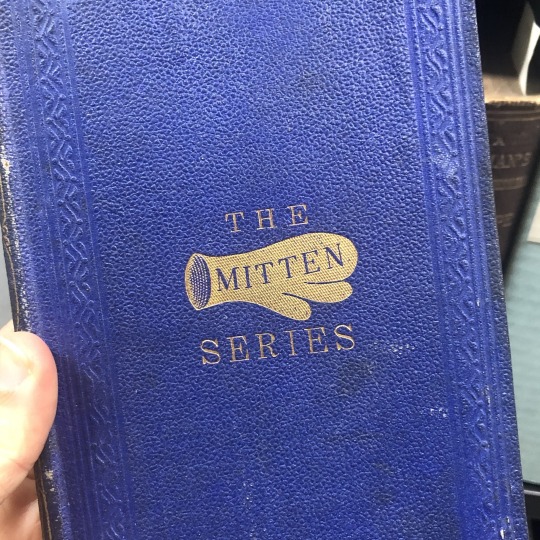
We've got mittens on our minds...
To be honest, this is not what we picture when we think of mittens, but they do still look cozy.
Aunt Fanny. Mittens: With Queer and Fanciful Stories. (New York, 1865)
19 notes
·
View notes
Text
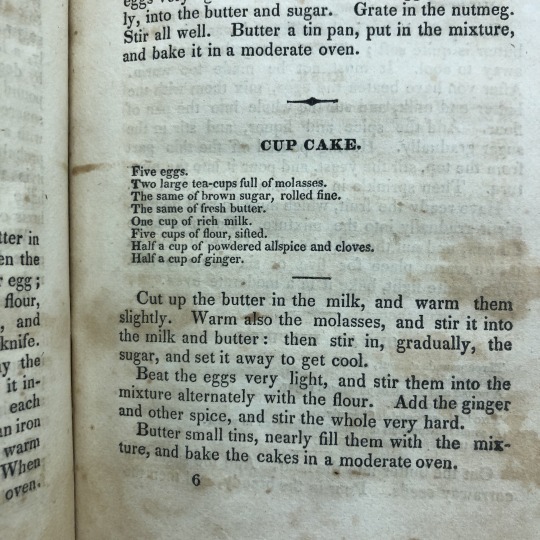
In honor of National Cupcake Day we are sharing this recipe from the 1828 edition of Eliza Leslie's "Seventy-Five Receipts for Pastry, Cakes, and Sweetmeats." Leslie was a prolific author of popular cookbooks, and was the first to publish a recipe for the "cup cake."
Let us know if you bake them!
186 notes
·
View notes
Text
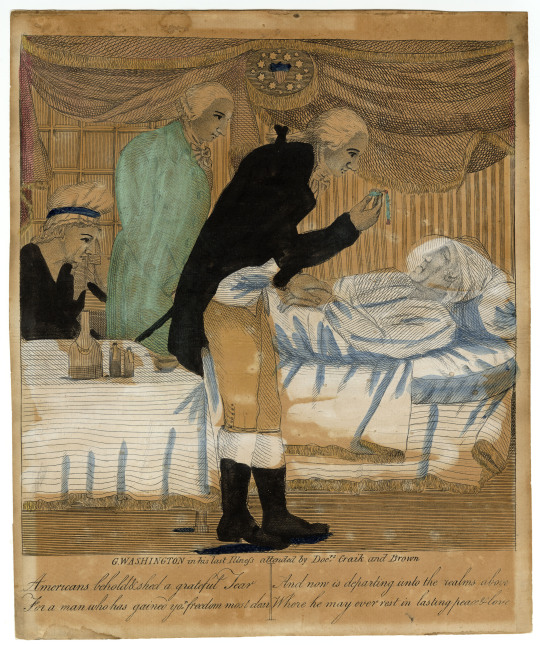
One of the first American popular graphics art work purchased for the Print Department, this print purports to be an accurate depiction of George Washington’s final hours and was published shortly after his December 1799 death.
Martha Washington watches from the foot of the bed while two physicians attend to the former president. The artist, however, made the decision to not include any of the enslaved people in the Washington household whose presence at the deathbed was recorded in contemporary written descriptions and other later 19th-century visual depictions of the scene.
G. Washington in his Last Illness Attended by Doc[tor]s Craik and Brown (Philadelphia: [Edward Pember and James Luzarder], ca. 1800). Hand-colored etching.
24 notes
·
View notes
Text

Have you even been given mittens?
"To give the mitten" used to be slang for rejecting a romantic partner. We hope all the mittens you might get this season are meant only to keep your fingers nice and toasty.
Comic Valentine, ca. 1860?
46 notes
·
View notes
Text
End of the year always feels a bit like a blur, right?
This whirlwind of #endoftheweekendpapers is from a sample book of paste papers produced by Bird & Bull Press. TGIF!
19 notes
·
View notes